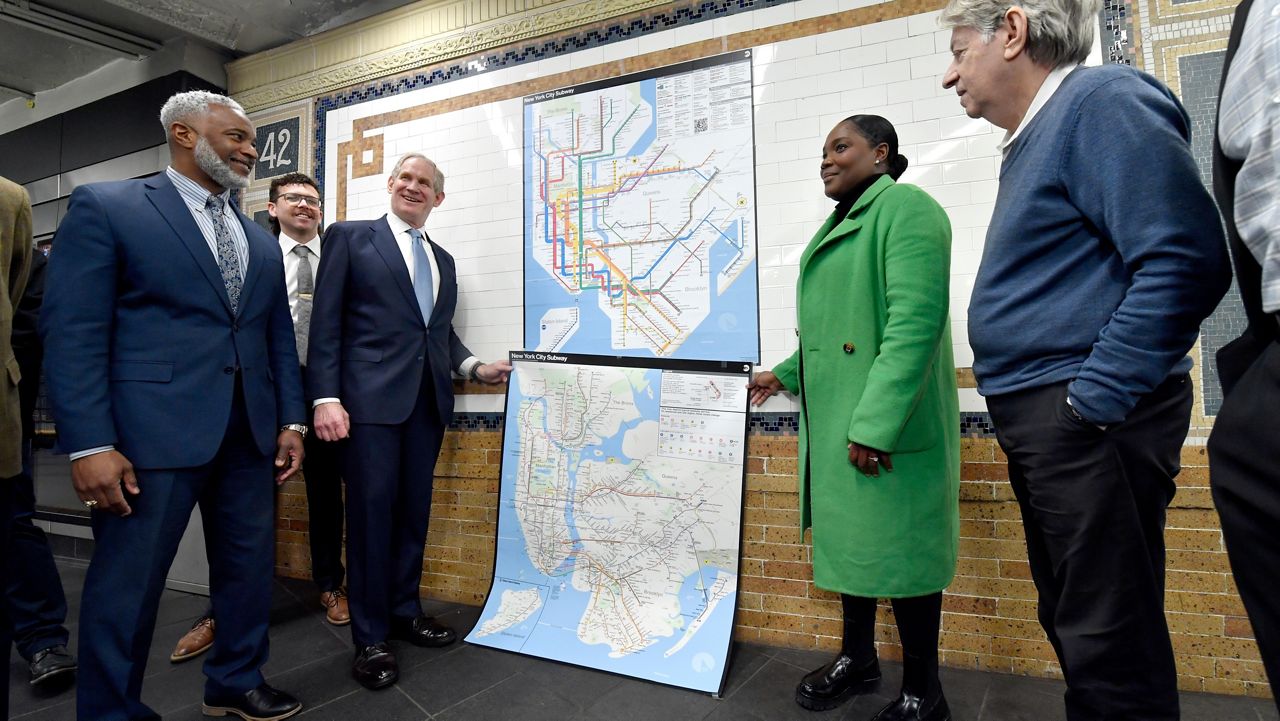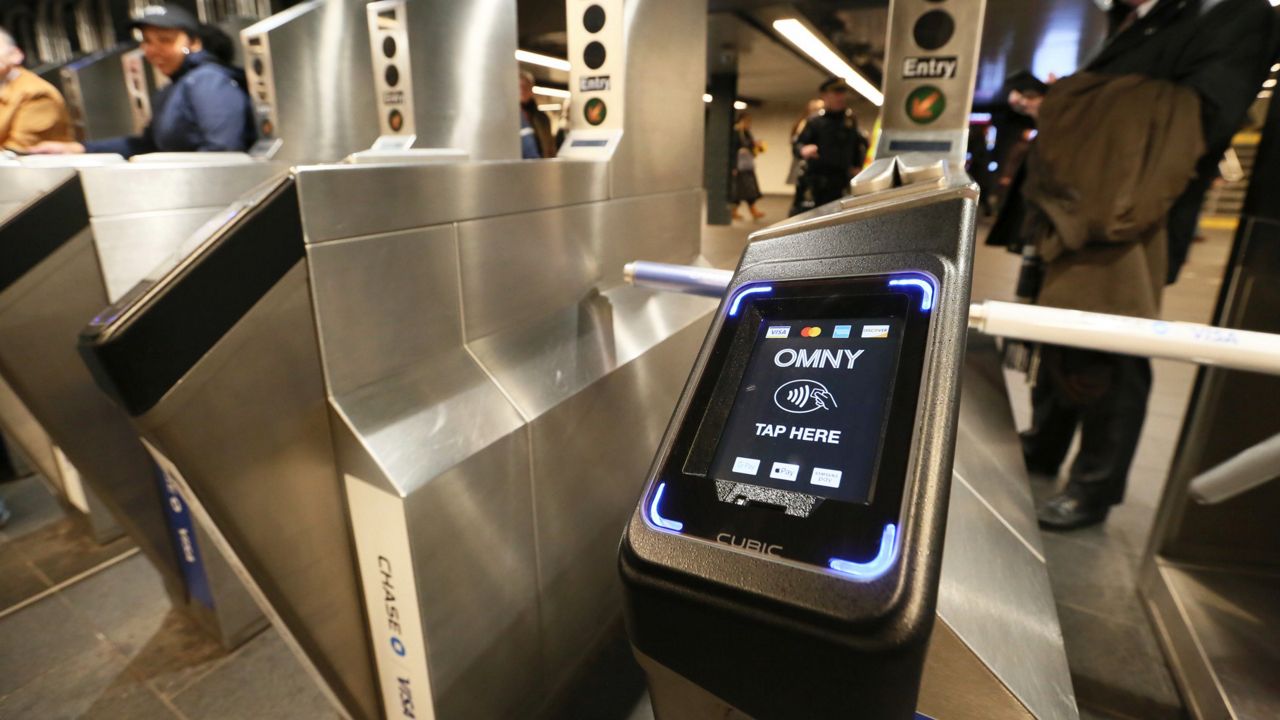Plans to make it easier to commute between Brooklyn and Queens are one step closer to moving forward.
In January 2021, Gov. Kathy Hochul directed the MTA to begin an environmental review process for the Interborough Express.
Hochul gave the MTA three options to consider: light rail, heavy rail or bus rapid transit.
A year later, the MTA released a study, suggesting light rail as the best option.
The plan is for a light rail line to connect a 14-mile route running from Bay Ridge to Jackson Heights, with stops along the way connecting to 17 subway lines, as well as Long Island Rail Road.
The MTA says about 900,000 people live in neighborhoods along the route.
“This provides a lifeline for people who right now are in transit deserts,” says Felicia Park-Rogers with the tri-State Transportation Campaign.
The MTA’s study says the rail line would get passengers end-to-end in under 40 minutes.
Park-Rogers says it would improve more than just connectivity.
“It’ll help take cars off the road, reduce congestion, improve air pollution in heavily impacted areas,” said Park-Rogers.
The bones of the project are already in place.
The plan calls for building the new light rail system along an existing freight line that, right now, runs the same 14-mile route from Bay Ridge to Jackson Heights.
The freight line hasn’t carried passengers since 1924, and is one of the few remaining freight links in the city.
“A lot of the freight moves overnight, so it’s not necessarily visible to the average user, but it has capacity for a lot more use,” said Park-Rogers.
For safety reasons, freight and rail would run on different tracks.
The MTA says by adding onto the infrastructure already in place, it would make construction quicker, with less disruption to the city, while also preserving its use as a freight line.
Some neighbors have expressed concerns about noise or possible shaking from the trains rolling by.
“The good news for them, these are not 1930s technology, rolling stock is quieter, the tracks are quieter, there will be very little sound and there will be very little shaking,” said Park-Rogers.
Others are excited about the possibility of having more options to get between Brooklyn to Queens.
Molly Waite lives in Park Slope and says she mostly sticks to Manhattan and Brooklyn out of convenience.
“I find Queens very difficult to navigate, so I usually don’t go there,” Waite said.
Even within her own borough of Brooklyn, there are several neighborhoods she doesn’t visit, because she finds it difficult to get to.
“When I had a doctor move to Bay Ridge, I thought, ‘Eh, I don’t want to go that far,’” said Waite.
She’s on board with any plan that would help her get to see more of her city.








_PKG_DOT_BQE_Improvements_CG_131225588_368)